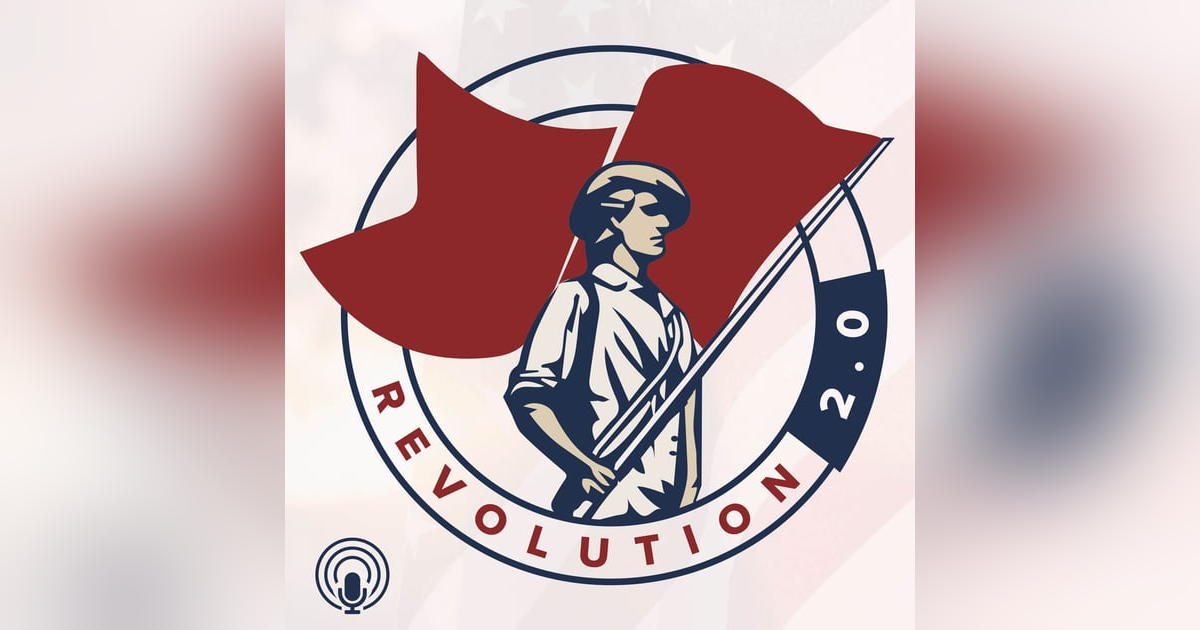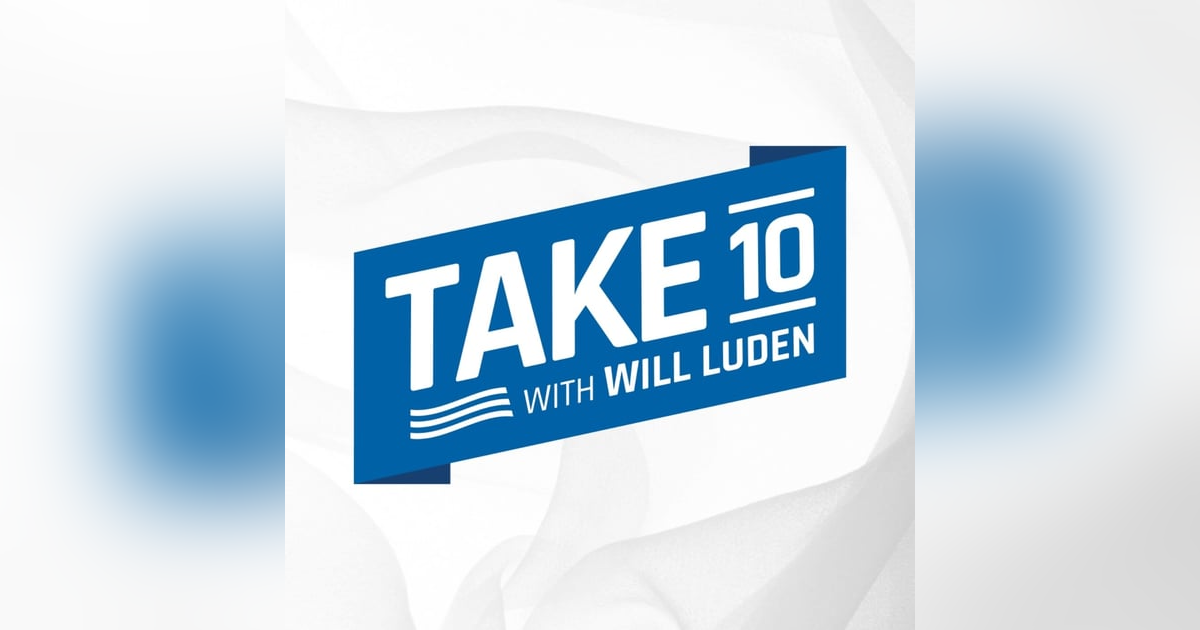California Fires and Blackouts: Blame, Lessons and Going Forward (EP.178)

Introduction
The raging fires and continuing power blackouts in California, the richest state in the world’s richest nation, are clearly tragic. Are they largely avoidable?
That is the subject of today’s 10-minute episode.
Continuing
California’s continuing wildfires and power blackouts have caught national and international attention. In just one example, more than 2 million Californians were recently left without power after the state’s largest utility, Pacific Gas and Electric (PG&E)–which filed for bankruptcy earlier this year–preemptively shut down transmission lines in the fear that they might spark fires during periods of high autumn winds. Some small businesses lost tens of thousands of dollars, threatening the livelihood of the owners and their employees. People who are dependent on electricity-powered home-based, life-sustaining devices are in danger. Modern phones, e.g., the ones offered with bundled services, need power to work. Even some cell towers are inoperative when the power is off, and the cell phones themselves will eventually need to be recharged.
Power outages cause schools to close, and hospitals to run on emergency power. School homework does not get done (you can read by candlelight, but most schools require computers and Internet access for homework), and people working from home get very little accomplished.
The fires are burning tens of thousands of acres, and destroying thousands of people’s homes. Last year alone PG&E, California’s largest utility serving 16 million Californians, admitted to being the cause of the Camp Fire, which virtually destroyed Paradise, CA, a town of 26,000 people, and cost 85 lives. And drove PG&E into bankruptcy. My son and his family live in nearby Chico, where firefighters had to do a preventative backburn right up to the edge of his city.
Consumers blame the state for poor forest management, including not cleaning up dead trees and brush, along with the utility companies for not updating their ossified equipment. The power companies, including PG&E, in turn fault the state for over-regulating utilities to the point they had no resources available to modernize their grids.
PG&E recently went on record as saying this would be the new normal for 10 years or so. California Governor Gavin Newsome has also gone on record, blaming PG&E, citing “dog-eat-dog” capitalism as the root cause. The city of San Jose is leading an effort to take over the investor-owned PG&E, and make it consumer-owned.
What’s the core issue? Answer: You can’t have your cake and eat it, too. In WWII, the FDR administration knew that we had to cut back at home in order to fund a winning effort in the war. Private cars were not available as the automobile factories switched to building military vehicles and airplanes. Everything was rationed, including tires. People were encouraged to save things like kitchen grease (it contains glycerin which is used in making explosives) and trade it with their local grocery store for extra ration coupons. There were constant rallies and other encouragements for citizens to buy war bonds. Rosie the Riveter went to work in the factory, while the men went to war.
President Johnson, a proponent of the Vietnam War, promised something very different; he claimed that we could prosecute the war in Vietnam with no sacrifices needed at home. He famously promised, “We can have guns and butter.” FDR knew better. Johnson should have known better. No entity, including affluent California, can have guns and butter. No entity can have its cake and eat it too.
If California wants to continue with green energy initiatives, which at least initially will cost large sums of money, and at the same time it wants to protect its citizens by upgrading its ancient and dangerous power grid, then its leaders need to tell the people in the state what that will cost. And who will pay for it.
PG&E is an investor-owned utility, heavily regulated by the California Public Utilities Commission (CPUC). In turn, the CPUC has 5 members, appointed by the Governor, and approved by the state senate. In its push to wrest control from the investors and make PG&E consumer-owned, the city of San Jose is citing the amounts of money that goes to dividends as well as PG&E mis-management. Utility stocks are typically owned by risk-averse investors. The stock prices are not as volatile as the rest of the market; investors rely on dividends to see a return on their cash. Making the utility consumer-owned would indeed save those dividends, likely wiping out the investors’ equity as well.
If California is going to have its version of guns and butter, the political leaders must–must–tell the citizens what it will cost, and who will pay. After decades of dangerously deferred maintenance, the cost of upgrading the grid is likely in the many tens of billions of dollars. More if time is of the essence. And, at least for now, green energy is more expensive than fossil fuel energy. In California, that would add about $3B-$5B a year. More if the state wants to accelerate its plans in this area. At the moment, there are 3 entities who might pay the combined repair and green energy bill: PG&E investors, rate payers (PG&E customers) and taxpayers if subsidies are involved.
Who would pay if PG&E becomes customer-owned? The current PG&E investors would lose most and likely all of their equity. This will hit individuals, general investment funds and pension funds everywhere. On an on-going basis, that would leave ratepayers and taxpayers with the bill. California’s electrical rates are already almost double that of their West Coast neighbors, Oregon and Washington, so there might not be much left to pick up there. And that brings us to the taxpayers. If San Jose is to push their plan to take over PG&E, it needs to present a detailed and realistic plan about how that will work, how that will be better than the mess that is currently in place. And be specific about how much, if any, taxpayer money will be needed in the form of subsidies. Taxpayer subsidies that I believe will be necessary if the already high utility rates are not to rise dramatically, and if the guns and butter strategy, the simultaneous repair and upgrade along with supporting green energy strategy, is to be pursued.
California is not alone in facing this predicament. Many states, and our nation, America, is staring in the face of similar predicaments. Individuals and governments mortgage their futures when they defer needed maintenance while still overspending. Both major national parties ignore vital areas like infrastructure and education, while still spending excessively–threatening the future that our children and grandchildren will face. Politicians on both sides of the aisle propose spending vast amounts of money, saying little more than, “I have a plan.” or simply, “Trust me.” It is time that the voters in Colorado, California, in the US and the other 48 states, start demanding more details, discipline, and honesty from our political leaders. California, as it often does, has the opportunity to lead the way here.
Remember; it all starts with us: We will never get better candidates and better office holders until we become better voters.
Contact
As we get ready to wrap up, please do respond in the episodes with comments or questions about this episode or anything that comes to mind, or connect with me on Twitter, Facebook, and LinkedIn. And you can subscribe on your favorite device through Apple, Google, or Stitcher.
If you liked today’s podcast, other podcasts or the revolution2-0.org site itself, comment, subscribe, and encourage others to subscribe with you. Each One Reach One will help spread the word about Revolution 2.0™.
Will Luden, coming to you from 7,200’ in Colorado Springs.








